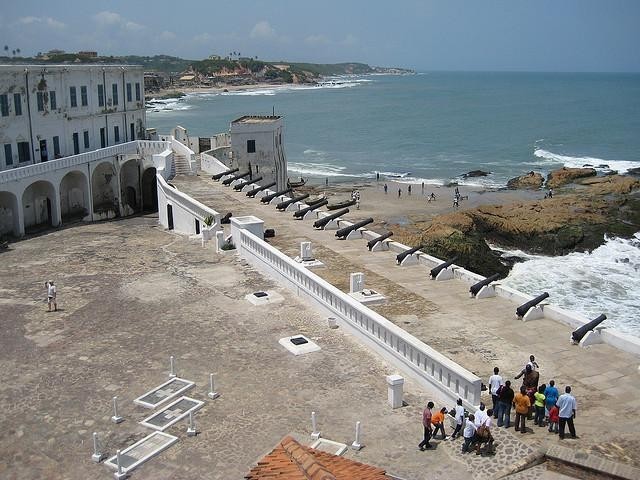Thank you for reading this post, don't forget to subscribe!

Find out more about the benefits of eco-tourism in Ghana! Get inspired by these facts!
Cape Coast is a city in Ghana designated as UNESCO World Heritage Site for its rich cultural heritage. It was founded in 1750 and is known for its beautiful beaches, historic buildings, and vibrant culture. This area is also home to many eco-tourism attractions, which include hiking trails, waterfalls, Volunteering, and wildlife sanctuaries.
The World’s first National Park was established on Cape Coast.
Is one of the oldest cities in Africa and is located along the Atlantic Ocean. It was once part of the Gold Coast Empire and is now a major tourist destination. The city is home to several historical sites, such as the Castle, the Slave Lodge, and the Museum.
Cape Coast Ghana has been declared an International Ecotourism Destination.
Eco-tourism is becoming increasingly popular because it helps preserve natural habitats while providing visitors with unique experiences. This type of tourism also provides employment opportunities for residents.
Cape Coast Ghana is home to over 100 bird Species.
There are over 100 bird species found on Cape Coast Ghana. These birds are often seen at the National Park, Many of them migrate through the country during the rainy season.
Fosu Lagoon Mangrove Forest and Birds Heritage
Mangroves are trees that live in saltwater environments. They provide a habitat for many animals and plants. One of Cape Coast Ghana’s most common mangrove forests is located near the Cape Coast Castle.
Cape Coast is one of the most beautiful cities in Ghana.
There are many reasons why people visit this city. It is a popular tourist destination because of its natural beauty and rich history, tourists come here to see the Castle, built during the colonial era. The castle is also known as Fort Christiansborg. It was initially constructed in 1653 and later expanded in 1703.
